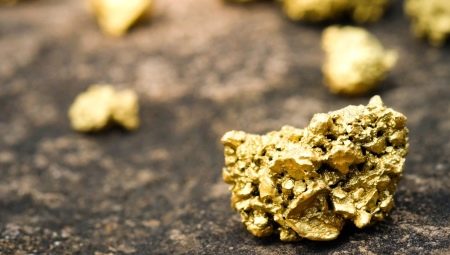The development of new sources of precious metals and the modernization of core technologies have enabled Russia to become a leader in industrial gold mining. Large natural accumulations of this metal are considered rare. Moreover, it is necessary to take into account the depletion of reserves during active exploitation of deposits. The bulk of the gold mined is used as the basis for the formation of the state stock, the rest is used in jewelry and partly in industry. Further work is ongoing on the development of effective production methods with minimization of costs.
Classification of deposits
Technological advances have allowed the development of technology for modern methods of gold mining using specialized equipment. Precious metal deposits are divided by type of gold deposits in natural conditions:
primary or indigenous;
secondary or alluvial.
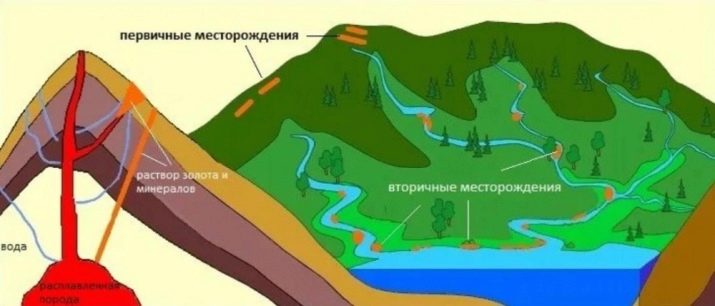
Indigenous
Indigenous deposits are fragments of volcanic magma that was spilled on the surface of the earth during volcanic eruptions. The gold content in it is much higher than in the earth's crust. Sometimes metal is found in the form of nuggets or veins, but its main part is combined with other chemical compounds and alloys.


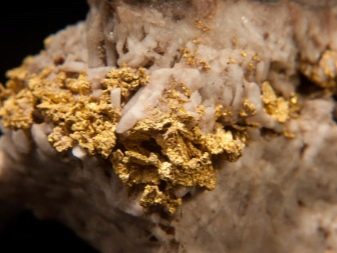
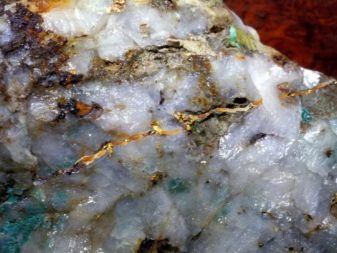
Alluvial
To mine gold in Russia, mainly used deposits of the secondary (alluvial) type. Under the influence of various natural phenomena over a long period, such as changes in temperature, precipitation, groundwater, the activity of microorganisms, a gradual destruction of the rock occurs.In this case, the gold contained in it will be released and come out on flat surfaces with the formation of places of occurrence.
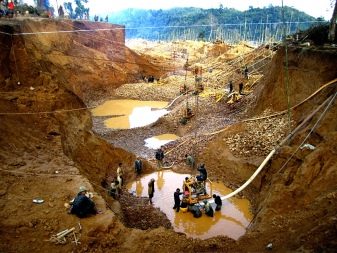
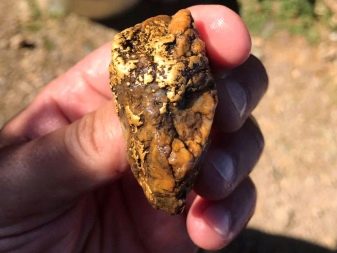
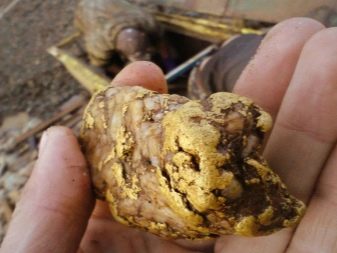

Classification of deposits determines the volume of metal reserves. Indigenous considered the largest and most unique. The volume of gold in them in ore ranges from 15 to 100 tons. Gold particles in ores are divided by size size from 0.01 to 70 microns. Gold in places of occurrence due to its geochemical properties forms concentrations of different genetic affiliation. Exist primary deposits with a specific metal cost of more than 50% and complex, with a gold content as an associated component.
In Russia, the prevailing reserves of this class are in carbonate-carbon mountain complexes and in various sedimentary strata of volcanic activity.
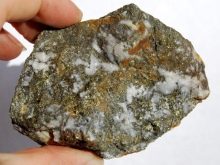
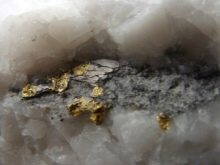
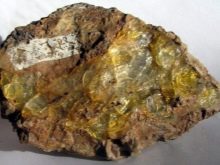
Alluvial deposits resulting from the destruction of primary rocks were initially developed by prospectors in the mines. The gold content in them ranges from 100 mg / m3. Gradually, such deposits are subject to depletion, but the share of such placers in our country is still significant and accounts for half of all the gold mined. Man-made placers formed during an incomplete mining cycle of precious metal extraction; they consist of a dump complex and residual rocks. Coastal marine and heterogeneous placers are also being developed.
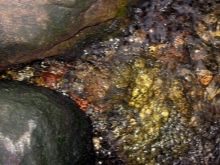
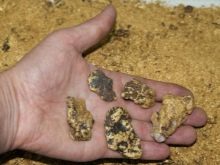
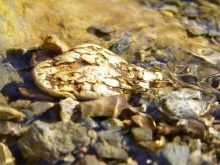
The main places of production
Indigenous gold deposits have been under development since Soviet times and continue to be actively exploited on an industrial scale to this day.. In Russia, the main production sites are concentrated on The Far East, Yakutia, Eastern Siberia, in the Primorsky Territory, partly in the European part of the country and in the Urals. In total, the country produces 8% of the global volume with a growth trend of this indicator. The regions of Siberia and the Urals are the most promising for precious metal deposits. About 20 enterprises and mines are developing the gold mining technology, which replenish the state’s reserves with tens of kilograms of metal annually.
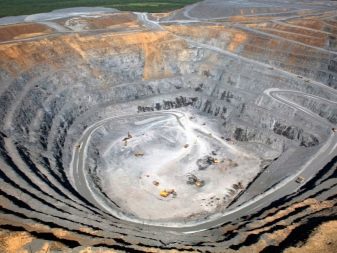
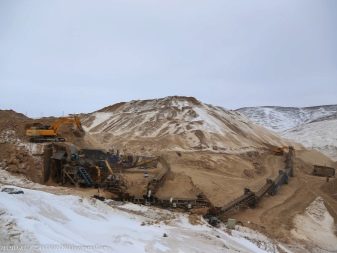
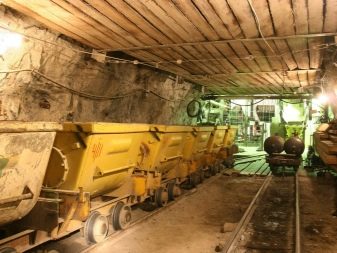
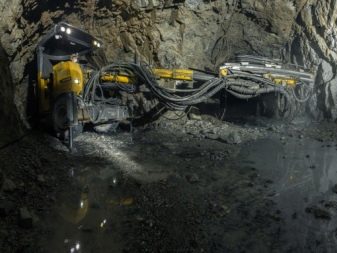
Gold ore discovered in the 17th century in the Transbaikal Territory immediately attracted prospectors. Today, a thousand deposits are operating in the region, yielding about 13 tons of precious metal. This is a promising area, exploration has shown good volumes of placer gold, which is low cost. In the fourth region by the amount of gold mined, in the Irkutsk region, the main enterprises are located in the Bodaibo district.
Together, they extract 23 tons of metal to the surface.
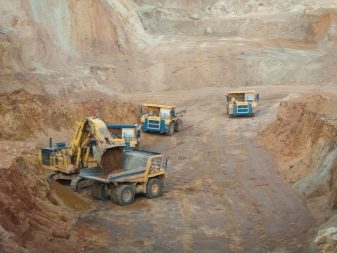
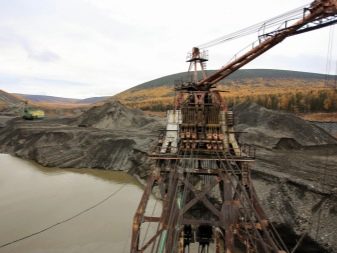
Placer gold in Sakhalin. Precious metal has been mined here since 1933 hydraulically. Every year there is an increase in reserves, which allows for stable production of the mining enterprise. Recently, promising mining areas have been discovered in the north of the island. They can be developed without creating complex industries.
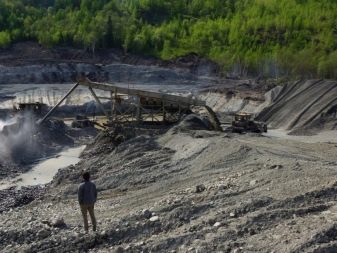

The name of Altai reflected the ancient name of gold. Metal for the royal treasury was smelted there. After the revolution, there were fragmented mines, but only from the beginning of the 2000s in Altai Territory industrial ore mining began, opened mines in Zmeinogorsky and Zarechensky districts, in Rubtsovsky district modern production was created, the development of a large Korbolikhinskoye field was planned.
With high extraction, observing the requirements of environmental protection, there is the maximum possible use of reserves.
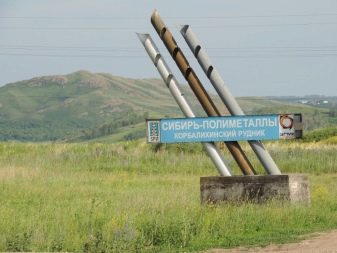
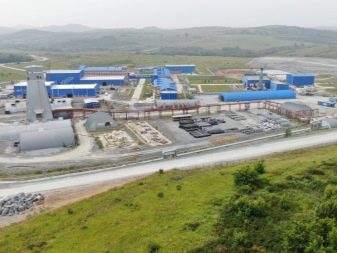
One of the world's largest gold deposits - Olimpiadinskoe is located in the Krasnoyarsk Territory. Its uniqueness lies in its raw material base; today, 500 tons of gold have been extracted from its bowels. IN Novosibirsk region a large amount of gold is mined at the famous Egorievsky field. Near it are found additional gold-bearing sites, the right to develop which is put up for auction.
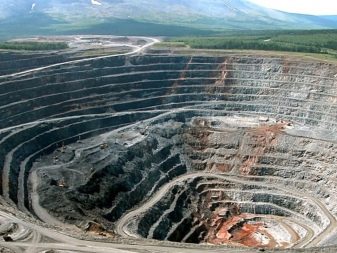
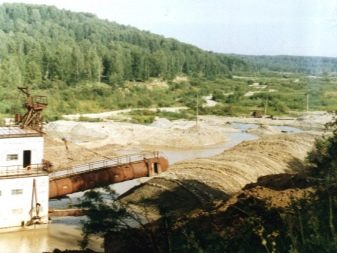
Reserves of the Bayramgulovskoye deposit located in the Chelyabinsk region, estimated at about 1.7 tons. It is developed by the Miasszoloto company, whose processing share is about 60% of placer metal in the region. This Ural region produces up to 7 tons of precious metal annually, which is achieved by aggregate production of the largest deposits:
Murashkina Gora;
Western Kurosan;
Bereznyakovskoe;
Svetlinskoe.
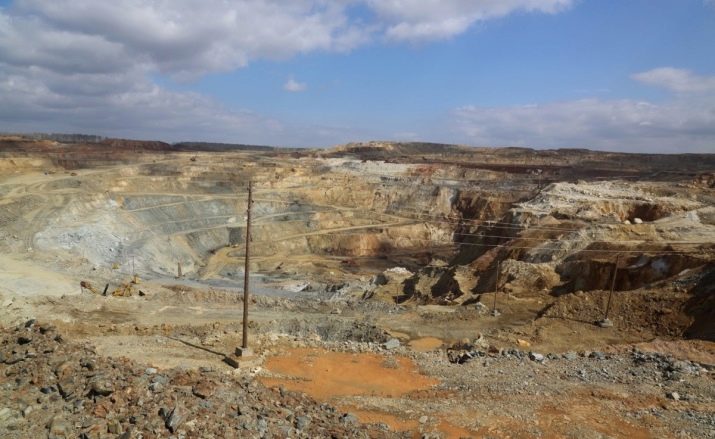
IN Sverdlovsk region since ancient times, gold nuggets were found, this region is usually called the key that opened the way for further development in Siberia and the Far East. Here, up to 11 tons of gold are mined annually. The most famous gold mining sites are at the Berezovsky and Kochkarsky deposits.
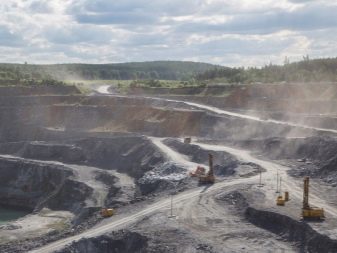
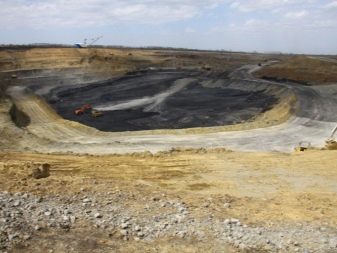
A couple of centuries ago, placers of medium and large gold, as well as nuggets were found in the floodplains of the Bzykha, Lipovaya and Khamyshinka rivers in the Krasnodar Territory. Large-scale terrace placer located in the Hadzhokh glade. Gold mining operations are underway in the quarries of the Laba RiverThe gold recovery in this area is up to 20 kg per year.
The mining of precious metals in the Leningrad Region was recognized unprofitable on an industrial scale due to the scarcity of the location of gold-bearing veins. Although on the territory of Ladoga survey work is carried out.
Extraction of gold is currently carried out by diligent artels.

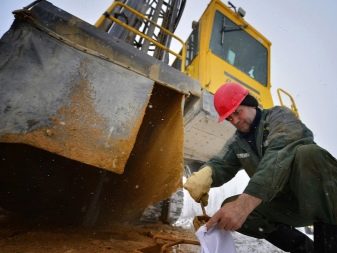
Where is the most gold?
The Berezovsky gold deposit in the Urals is considered to be the largest in Russia. Its history begins in the middle of the 18th century. Precious metal in this section is concentrated by thin and medium-sized inclusions inside the rock, where there is most gold. In addition, the upper layers are rich in nuggets. The large ore field turned over time into the main Russian deposit, from which 125 tons of yellow metal were extracted.
A closed mining method increases the cost of gold.
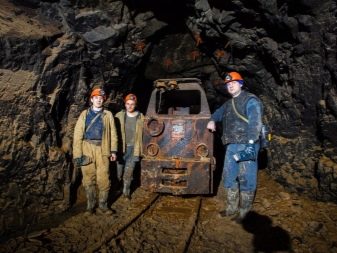
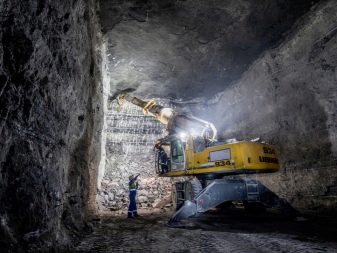
The districts of the Sverdlovsk region are also famous for the second largest Vorontsov mine. This is a relatively young enterprise, but today it is being developed very actively using winter-time technology. Experts estimate the volume of gold on it at 65 tons.
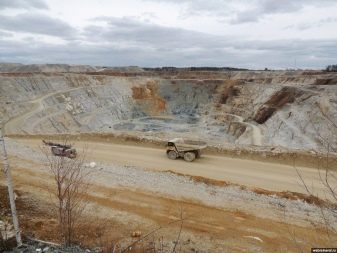

Another largest Natalka field is located in Sukhoi Logu., where there are similar sources of gold mining, which can boast of significant metal reserves of 27 tons. Along with deposits, it should be noted rich alluvial placers Omchak, Dogaldyn and Berelekh.
They concentrated the bulk of all available similar Russian reserves of alluvial precious metals.
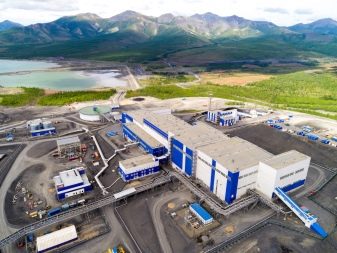

Gold mining enterprises
Analysis of the total volume of gold mined in Russia shows that most valuable metal deposits are located in the Urals and beyond. The central part of the country is represented in this area by only three gold ore territories. The development of all primary deposits is carried out by several large enterprises in the gold mining industry.
Severstal Company It has an international status in the metallurgical industry; in addition, it owns 5 mines located in the Republic of Sakha, Buryatia and the Amur Region. Polyus Gold also ranks as the world's largest gold mining enterprise. The geography of its deposits is limited to the Irkutsk, Krasnoyarsk, Magadan and Amur regions.

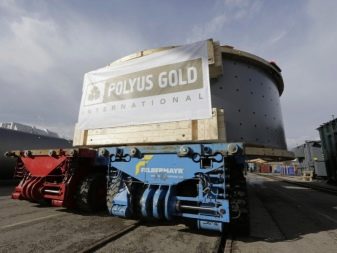
Second place in the country in terms of gold Polymetal company. She is active in Chukotka, the Urals and the Magadan region. Yuzhuralzoloto Group carries out the production process by closed and open methods in the fields of the Chelyabinsk region, Krasnoyarsk Territory and the Republic of Khakassia. Canadian Kinross Gold received the right to mine yellow metal in the Republic of Sakha.
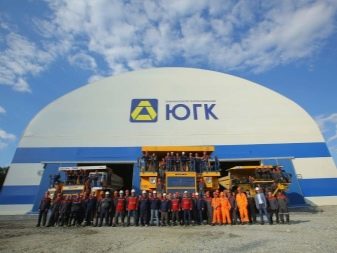

All about gold mining in Russia and the gold mining business as a whole, see the video below.
